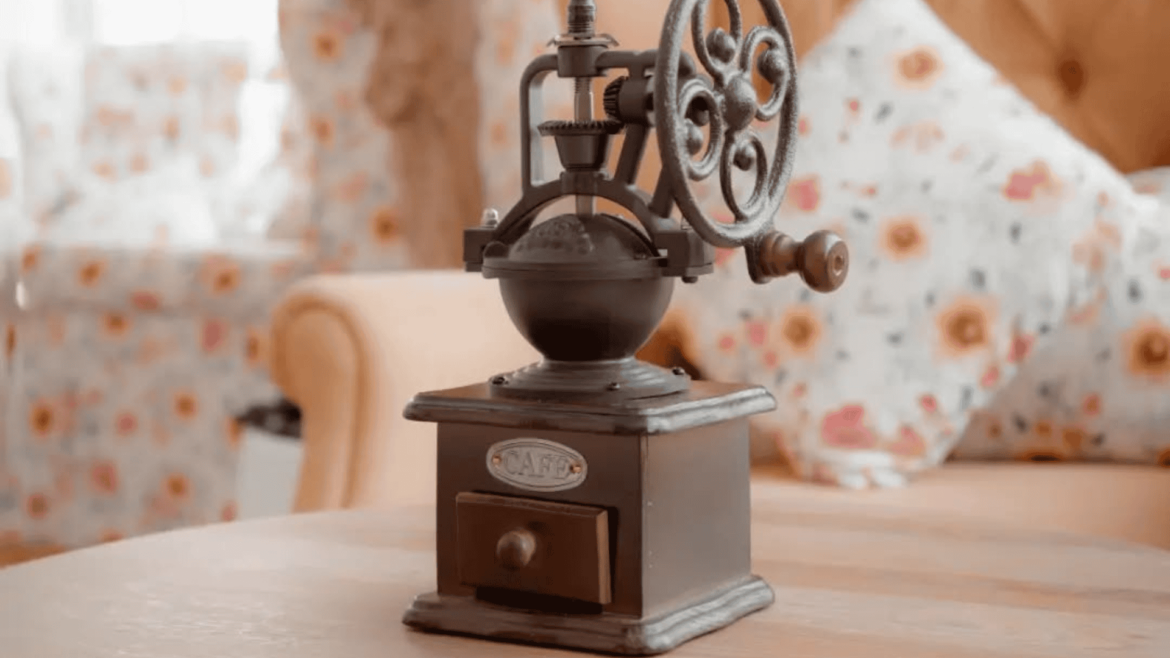Household appliances have become an essential part of our daily lives, evolving over the decades to offer more convenience and efficiency. While many of today’s gadgets boast high-tech features, there’s a nostalgic charm in remembering the appliances that once graced our kitchens and living rooms.
These were the unsung heroes that not only made chores easier but also brought families together, each carrying its own unique history and character.
Let’s take a trip down memory lane and revisit nine discontinued household appliances that we loved and cherished, capturing the essence of a bygone era.
1. Rotary Telephone
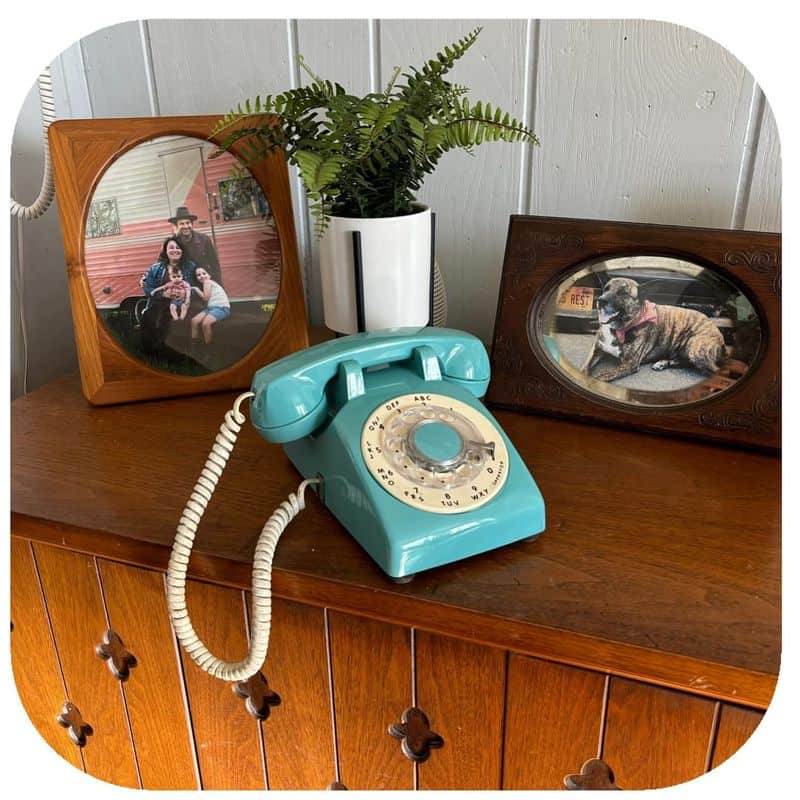
The rotary telephone was more than just a communication device; it was a centerpiece in many households. Made from sturdy materials, these phones had a distinctive ringing sound and a dial that required patience and precision. Placed in the living room or hallway, it connected people across distances while bringing families together around its corded, static presence.
Conversations were intentional, with the tactile experience of dialing each number. It represented a time when calls were more deliberate, and engagements were more personal. Though replaced by modern technology, the rotary phone remains a nostalgic symbol of communication.
2. Manual Coffee Grinder
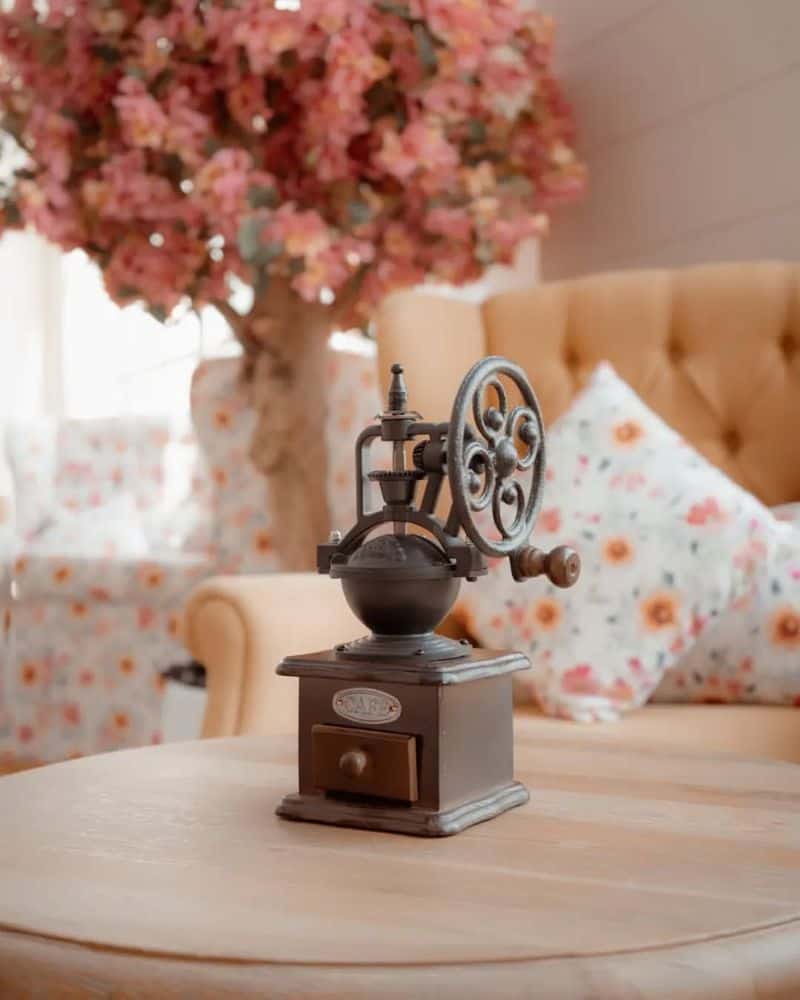
The manual coffee grinder was a cherished kitchen companion for many coffee enthusiasts. Crafted from wood and metal, its grinding mechanism released the freshest aroma with each turn. This tactile experience of grinding beans was both therapeutic and rewarding, producing grounds perfect for brewing a rich cup of coffee.
It was a time when mornings began with the soothing ritual of preparing coffee, engaging all senses in the process. The manual grinder has been replaced by electric versions, but its memory lingers in the aromatic embrace of freshly ground coffee, evoking a time when simplicity was key.
3. Icebox Refrigerator
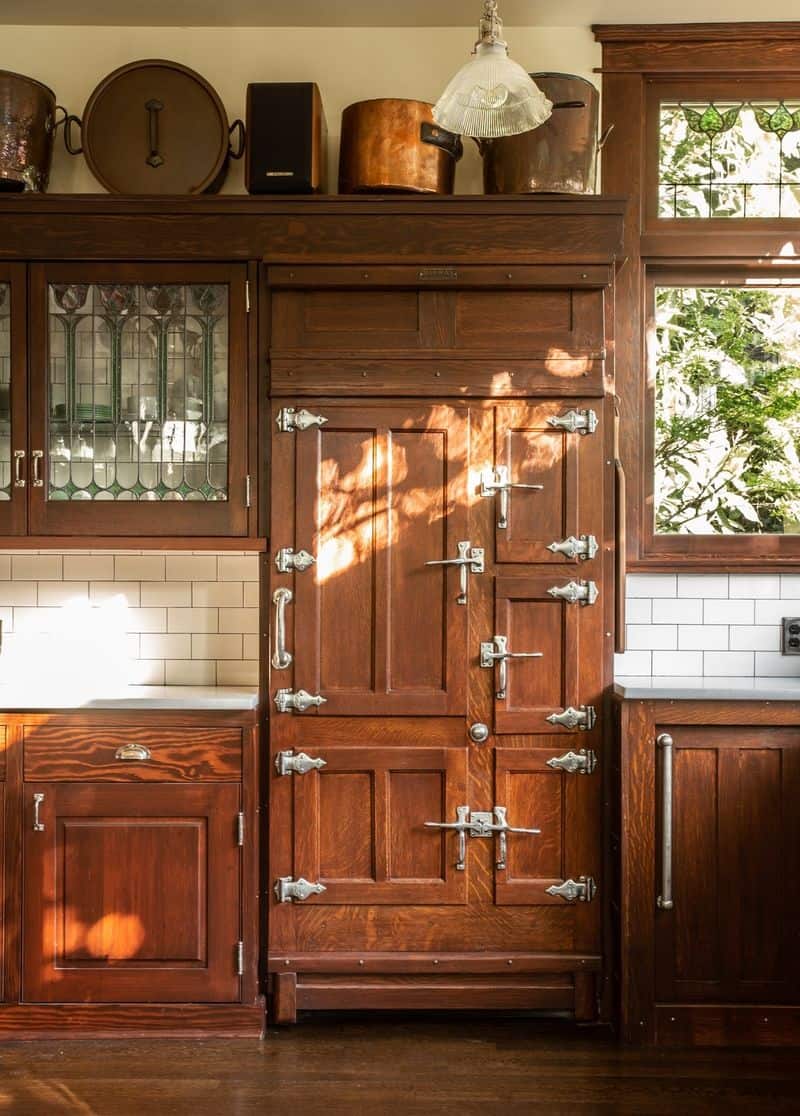
Before electric refrigerators, the icebox was essential for preserving perishables. Made from wood, lined with tin or zinc, and insulated with cork, the icebox kept food cool using large blocks of ice. Delivery men would bring ice regularly, and families carefully managed its supply.
It stood as a testament to resourcefulness, requiring attention to detail and time management in maintaining the chill. Although obsolete now, the icebox represents an era of simplicity and ingenuity, when keeping food fresh involved an art and effort, connecting households to a rhythm dictated by the natural world.
4. Washboard and Basin
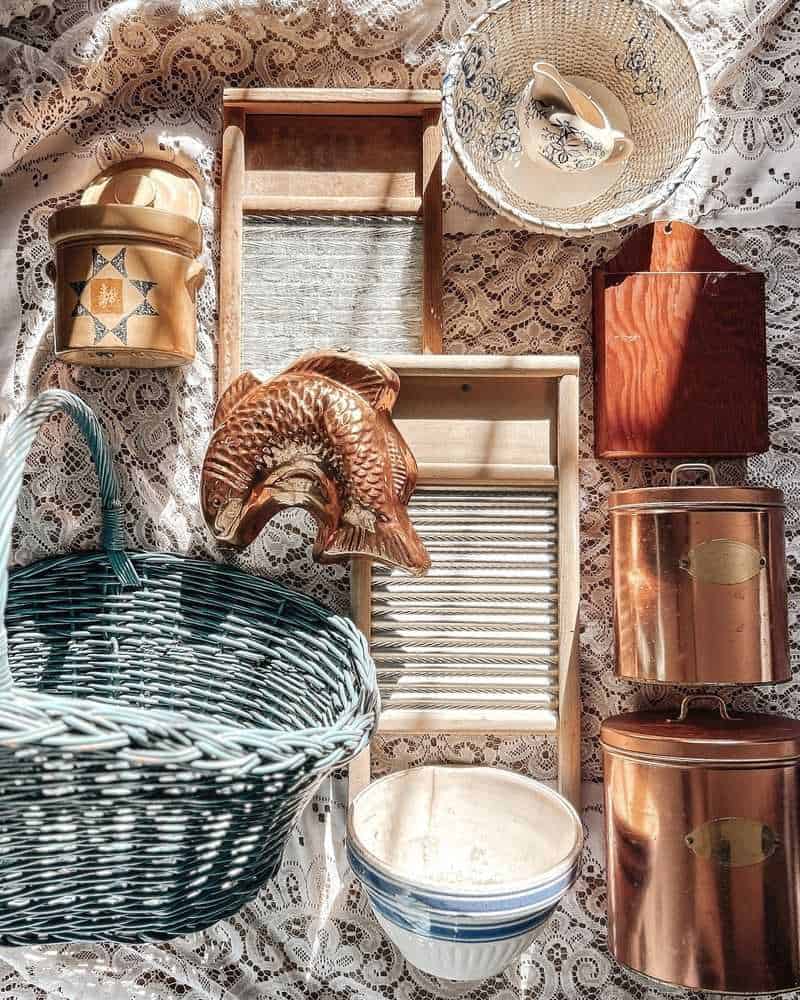
Before washing machines, laundry day involved a washboard and basin. This manual process required elbow grease and rhythm, as each garment was scrubbed clean against the board’s ribbed surface. Families would gather in communal spaces, turning a chore into a social event.
The washboard and basin symbolize a time when life was slower and tasks were shared. This hands-on approach to cleaning clothes offered a connection to one’s work, providing a satisfaction that was both physical and emotional. Though labor-intensive, it brought people together, sharing stories over suds and songs.
5. Typewriter
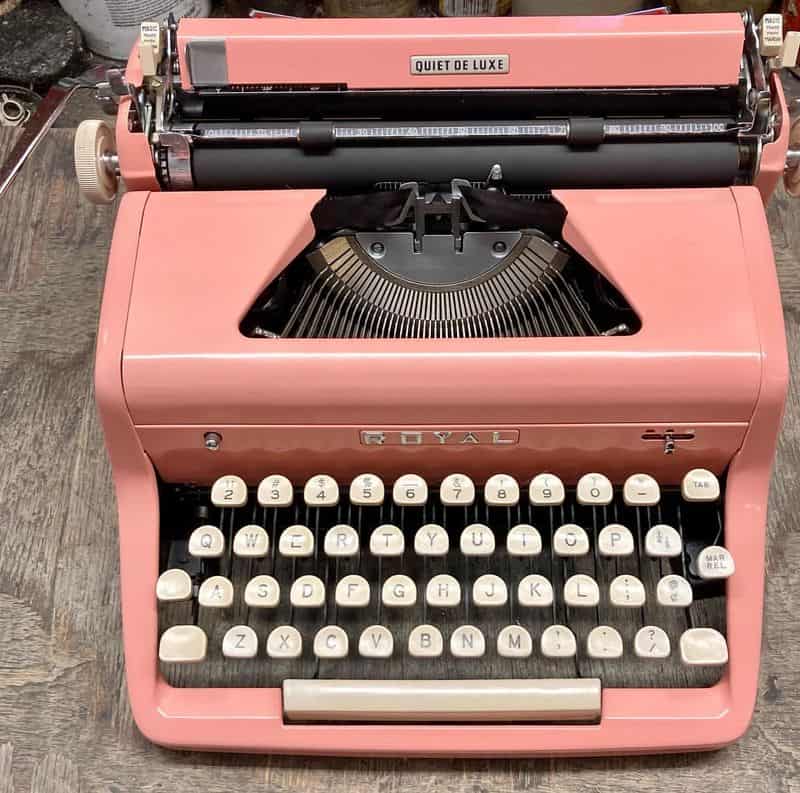
Typewriters were once indispensable tools for writers, journalists, and office workers. The rhythmic sound of keys striking ribbons was a familiar and comforting melody. The typewriter offered a tactile writing experience where every keystroke counted, producing tangible results with each sheet of paper.
It was more than a machine; it was a partner in creativity and productivity. Writers developed a unique bond with their typewriters, often personalizing them with stickers or charms. The invention of computers rendered them obsolete, but typewriters remain iconic symbols of literary craftsmanship, appreciated for their design and mechanical precision.
6. Vinyl Record Player
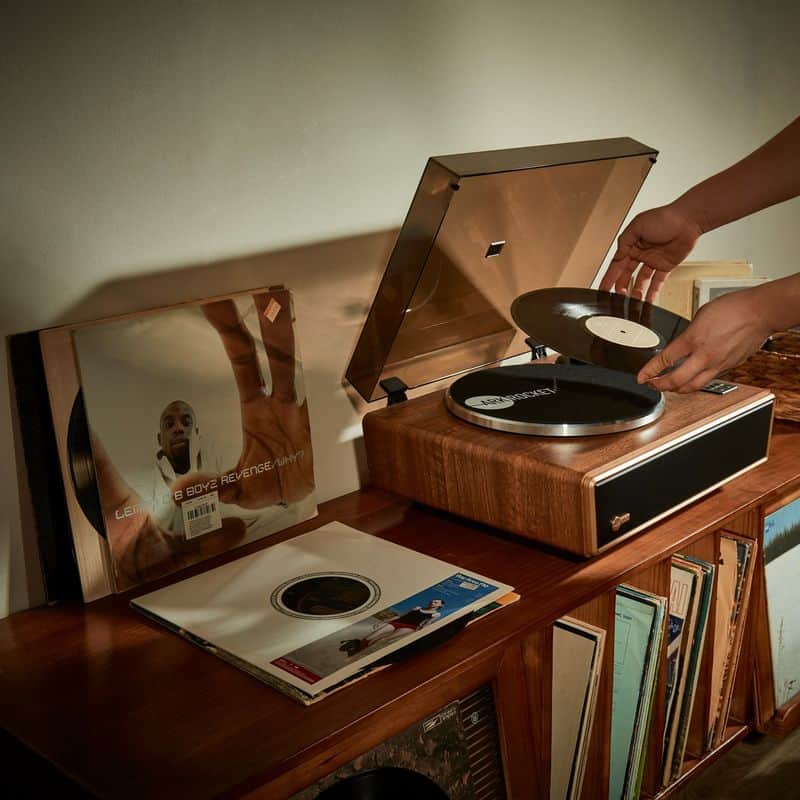
The vinyl record player was the heart of entertainment in many homes. It brought music to life through its analog sound, creating an intimate listening experience. Families and friends would gather around, sharing moments and melodies, with each record spin offering a unique auditory journey.
The ritual of selecting a record, placing the needle, and enjoying the warm tones was a cherished pastime. Despite the rise of digital music, the vinyl record player has seen a resurgence among audiophiles and collectors, symbolizing a love for music that’s personal and profound, bridging generations.
7. Film Projector

Film projectors transformed living rooms into cinemas, projecting magic onto blank walls. Families would sit together, engrossed in the flickering images and stories brought to life by reels of film. Handling film reels required care, adding a personal touch to the viewing experience.
Projectors were more than entertainment devices; they were gateways to imagination. Hosting a movie night was an event, complete with popcorn and laughter. While digital projectors offer convenience, the nostalgia of film projectors remains, capturing a time when movies were an experience to be savored, not just watched.
8. Meat Grinder
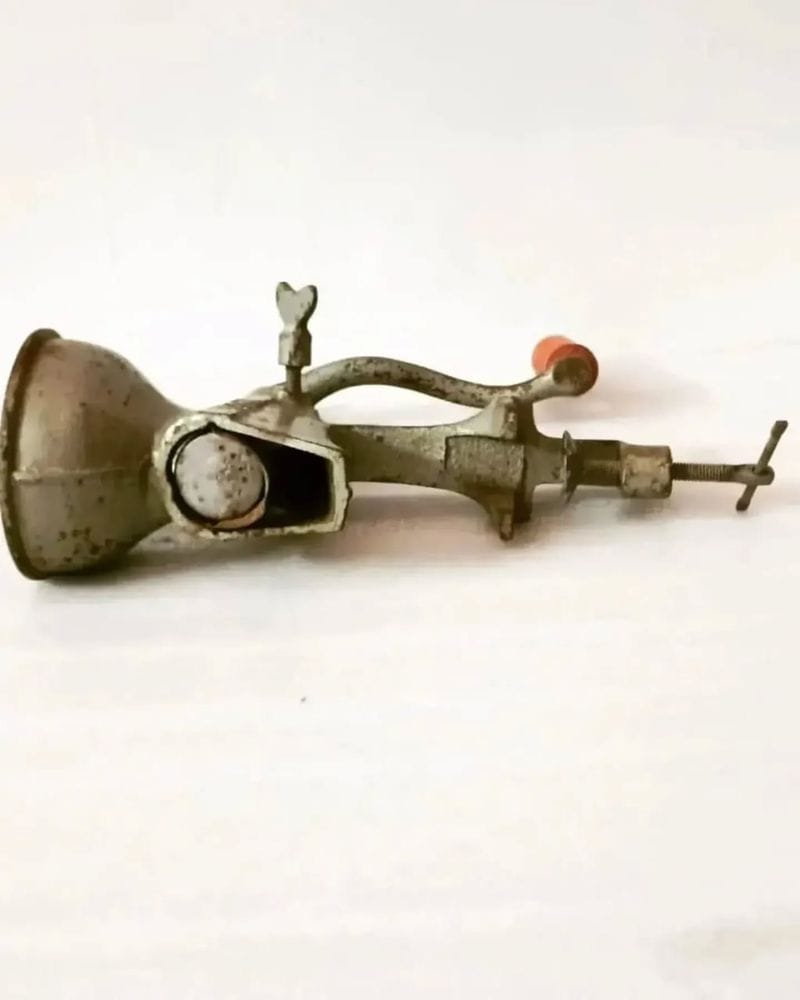
Home cooks once relied on manual meat grinders to prepare fresh sausages and burgers. The hand-crank design allowed for control over texture and blend, turning cuts of meat into culinary creations.
Using a meat grinder was a hands-on process that connected cooks to their ingredients, fostering a sense of pride in homemade meals. It was a communal activity, with family members often involved in the preparation. Although modern electric grinders have taken over, the manual version symbolizes a time when cooking was an integral part of family life, celebrated for its authenticity and flavor.
9. Breadbox

The breadbox was a staple in many kitchens, designed to keep bread fresh before plastic bags became common. Made from wood or metal, it provided the perfect level of humidity to maintain the bread’s texture.
Opening the breadbox promised the aroma of fresh loaves, a simple pleasure that complemented hearty meals. It was a functional yet charming addition to the kitchen, often decorated with floral or geometric patterns. While breadboxes are rare today, they evoke memories of homemade lunches and family dinners, celebrating a time when food preservation was a thoughtful, cherished practice.
